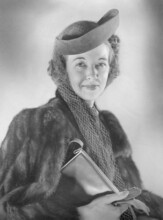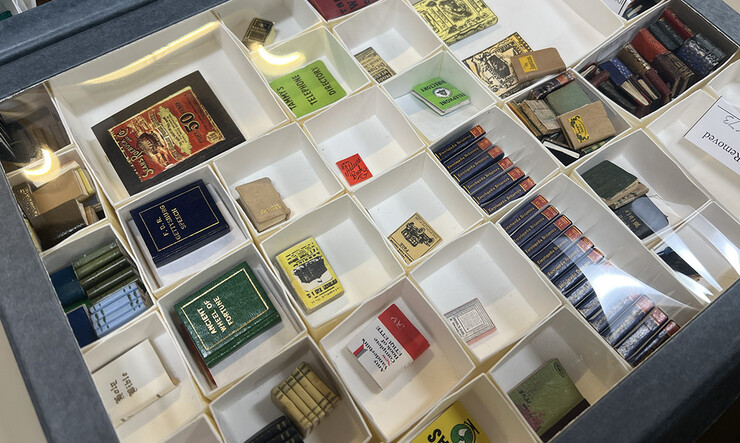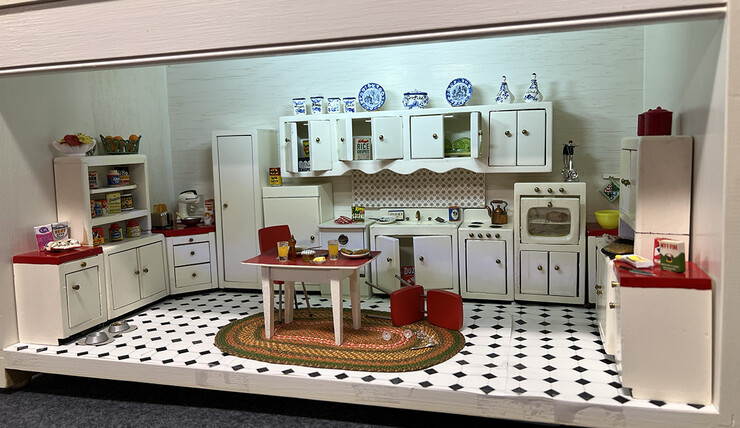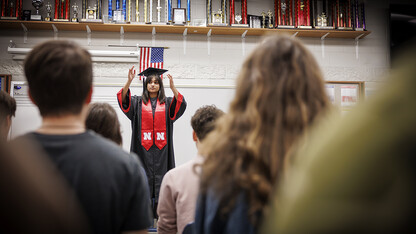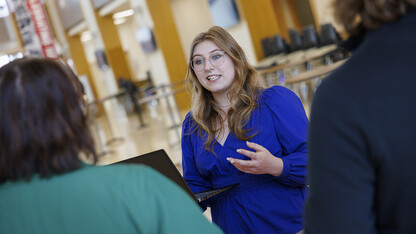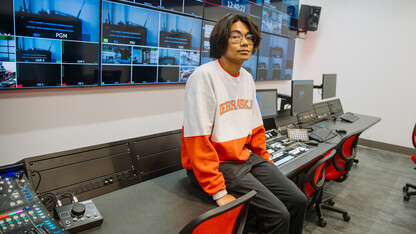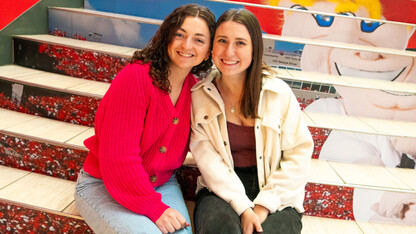· 4 min read
Kruger Collection of miniatures back on view in new gallery
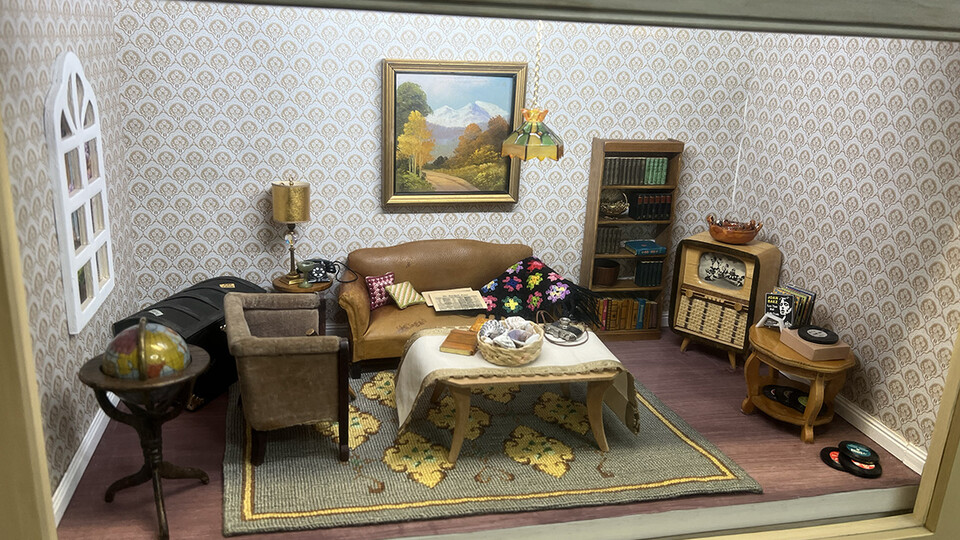
After several years in storage for safekeeping, the University of Nebraska–Lincoln’s Eloise Kruger Collection of Miniature Furnishings and Decorative Arts is going back on view in a new gallery.
The new gallery is on the eighth floor of Oldfather Hall. Regular hours will be announced and the gallery can be viewed by appointment by contacting Linda Kohlstaedt, Kruger Collection manager, at lkohlstaedt2@unl.edu. A grand opening is May 3.
The Kruger Collection was gifted to the university in 1997, following Eloise Kruger’s death in 1995. First under the care of the College of Architecture, the collection is now housed in the College of Arts and Sciences’ School of Global Integrative Studies.
About 2,500 pieces from the approximately 20,000-piece Kruger Collection are on view in the gallery. The collection is 1:12 scale furniture and accessories of historically accurate American designs, along with select English, French and Asian pieces. The handmade miniatures contain remarkable attention to detail and were made by renowned model artists, including Eric Pearson, Eugene Kupjack and Betty Valentine.
Kruger was an avid collector of miniature furniture and accessories, creating a collection so prolific and well-known that she was able to publish essays in Miniature Magazine, and commissioned the best miniature artists to create pieces for her.
Sophia Perdikaris, director of the school, oversaw the development of the gallery, and beyond researching, and building themed room boxes, designed the space layout to have a dual function of display and storage, along with incorporating full-size antiques that match many of the miniatures in the collection for aesthetic effect.
Having the collection in the School of Global Integrative Studies is a boon for the program, Perdikaris said, as the pieces are artifacts themselves that span many centuries of life on different continents, and provide hands-on, interdisciplinary experiential learning opportunities for Husker students.
“Having students work with the miniatures allows them to see the whole process that objects undergo in a museum setting,” Perdikaris said. “Most students interning in a museum setting shadow professionals and might be given tasks including accessioning, cataloguing, digitizing and possibly storing individual objects. With miniatures, however, they can go beyond these tasks to research, design and building digital and physical room boxes of focused tiny galleries to be viewed by a wide audience. This is especially critical for the development of skills and portfolios for our students in the certificate in museum studies programs. However, working with miniatures is not limited to (School of Global Integrative Studies) students.”
Kohlstaedt is inventorying the collection, cataloguing, photographing and appropriately storing each object. Another team advised by Heather Richards-Rissetto, digital archaeology expert in global and integrative studies, has begun a digitizing process to open the collection to online viewing. Currently, 2,300 photographed pieces can be viewed online.
The digitization project incorporates student experiential learning, through course work, the micro-internship program and, in the future, UCARE.
During the current spring semester, Perdikaris led a Museum Exhibit and Design (ANTH 463/863) course. Student groups in the class prepared exhibits and corresponding research posters, which will be displayed. The students also learned the digital cataloging and archiving process, working with 3D scanners and artificial intelligence software. The posters include QR codes, which direct to additional information, content and descriptions for each object on display.
The gallery dioramas display a wide gamut of themes and highlight some of the unique research opportunities the use of miniatures offers. One exhibit created through the class depicts the Ward kitchen as it was found following the murders of Clara and C. Lauer Ward and their housekeeper, Lillian Fencl, by spree killer Charles Starkweather. The exhibit calls back a terrifying time of Nebraska history, honors the victims and highlights the methods of Frances Glessner Lee, the “mother of forensic science.” Lee developed dioramas utilizing miniatures to recreate crime scenes for the purpose of training investigators. The format is still used for training today.
While open to the public, the grand opening event required RSVP and has reached capacity. Last minute space availability can be checked by calling or emailing the School of Global Integrative Studies at sgis@unl.edu or 402-472-2411.
